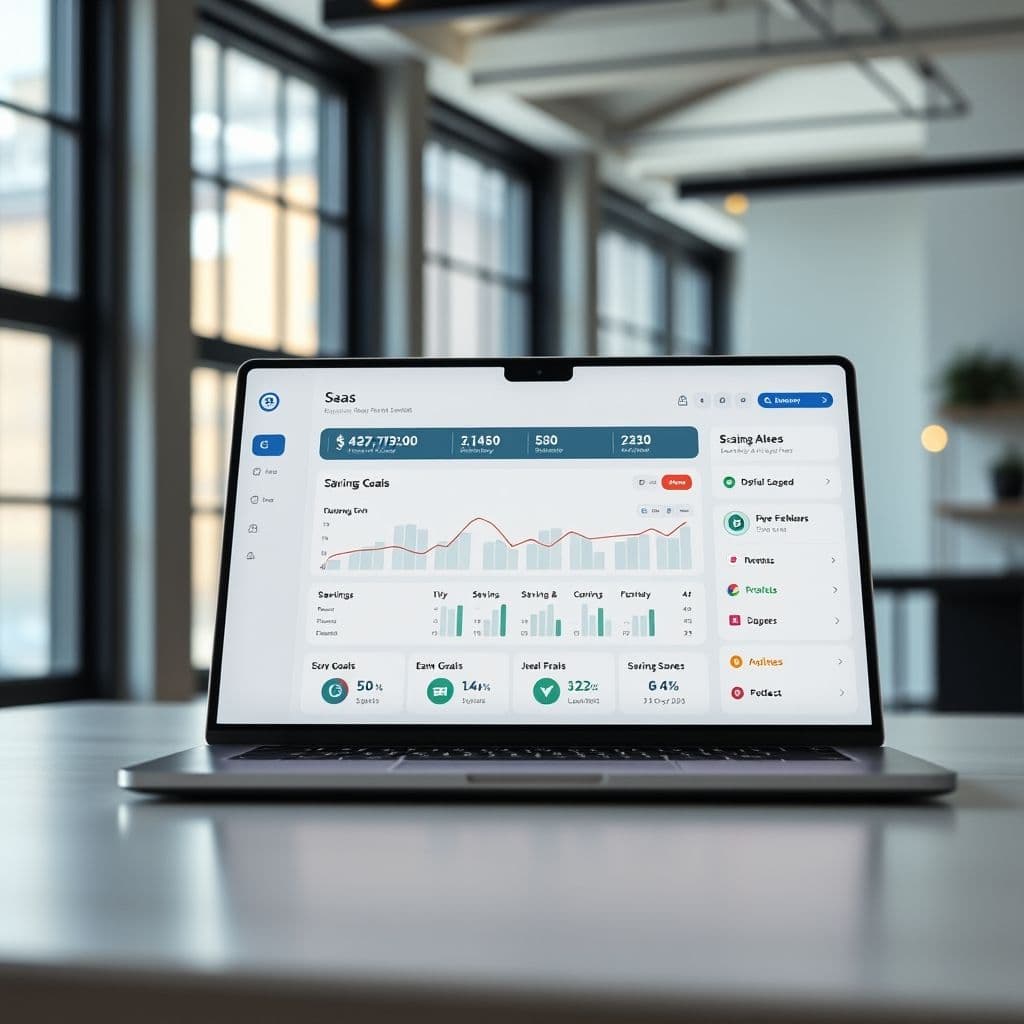The Savings Struggle: How a Financial Management SaaS Could Help

In a world where financial instability is rampant, saving money has become a Herculean task for many. Recent reports reveal shocking statistics: one in 10 adults in the UK have no savings, and a fifth have less than £1,000 tucked away. The comments on these reports echo a universal struggle—high living costs, low salaries, and the overwhelming pressure of bills. But what if there was a tool designed specifically to help people navigate these financial challenges? Enter the idea of a Financial Management SaaS platform—a hypothetical solution that could transform how we save and manage money.
The Problem: Why Saving Money Feels Impossible
The inability to save money isn't just a personal failing; it's a systemic issue. From skyrocketing rent and utility bills to stagnant wages, the financial deck is stacked against many. Comments like 'I'm on a fixed income, so any savings I did have put aside has been swallowed up for the increase in all the bills' and 'UK salaries are too low—that’s partly why' highlight the frustration. Many people feel trapped in a cycle where saving is a luxury they can't afford. Even those who manage to save often find their reserves wiped out by unexpected expenses or rising costs.

The SaaS Idea: A Personalized Financial Management Platform
Imagine a SaaS platform that acts as a financial coach, offering tailored budgeting tools, savings trackers, and investment guidance. This hypothetical tool would analyze a user's income, expenses, and financial goals to create a personalized savings plan. Features could include automated savings transfers, alerts for overspending, and even micro-investment options to help grow small amounts of money over time. The platform would also educate users on financial literacy, helping them make informed decisions about their money.
One of the standout features could be a 'Savings Challenge' mode, where users are encouraged to save small amounts daily or weekly, turning saving into a game. Another potential feature is a 'Bill Optimizer,' which would analyze recurring expenses and suggest ways to reduce costs, such as switching to cheaper utility providers or consolidating debts.

Potential Use Cases
This SaaS platform could be a game-changer for various demographics. Young adults drowning in student loans and entry-level salaries could use it to track their spending and set aside even small amounts for emergencies. Families could benefit from the bill optimization features to free up more money for savings. Even freelancers or gig workers, who often face irregular income, could use the platform to smooth out their cash flow and build a financial cushion.
Conclusion
While the idea of a Financial Management SaaS platform is still hypothetical, the need for such a tool is undeniable. With so many people struggling to save, a solution that combines technology, education, and personalized guidance could be the key to breaking the cycle of financial stress. Whether it's through gamified savings challenges or smart bill optimization, the potential to make a real difference is enormous.
Frequently Asked Questions
- How would this SaaS platform differ from existing budgeting apps?
- Unlike many budgeting apps that focus solely on tracking expenses, this hypothetical platform would offer a holistic approach, combining budgeting with savings automation, investment guidance, and bill optimization. It would also prioritize financial education to empower users to make long-term changes.
- Is this SaaS idea technically feasible?
- Yes, the core features—budgeting tools, savings trackers, and bill optimization—are already proven in various apps. The innovation would lie in integrating these features into a single, user-friendly platform with a strong educational component.
- What would be the biggest challenge in developing this platform?
- The biggest challenge would likely be ensuring data security and privacy, given the sensitive nature of financial information. Additionally, creating a truly personalized experience would require advanced algorithms and possibly AI to analyze users' financial behaviors accurately.


